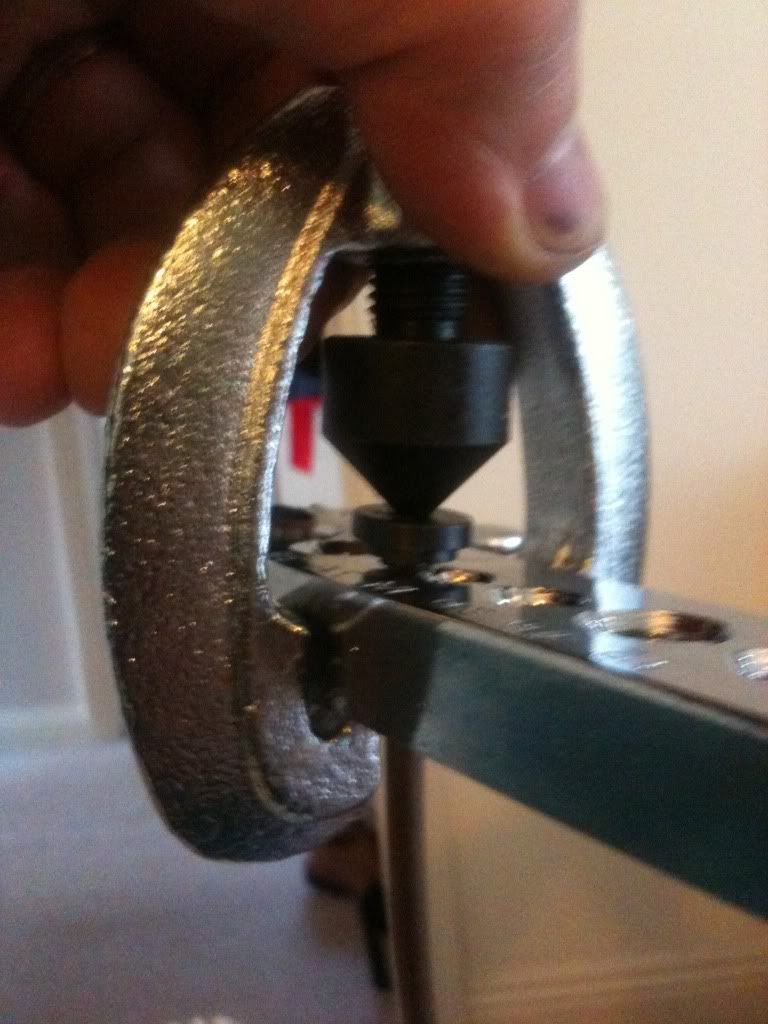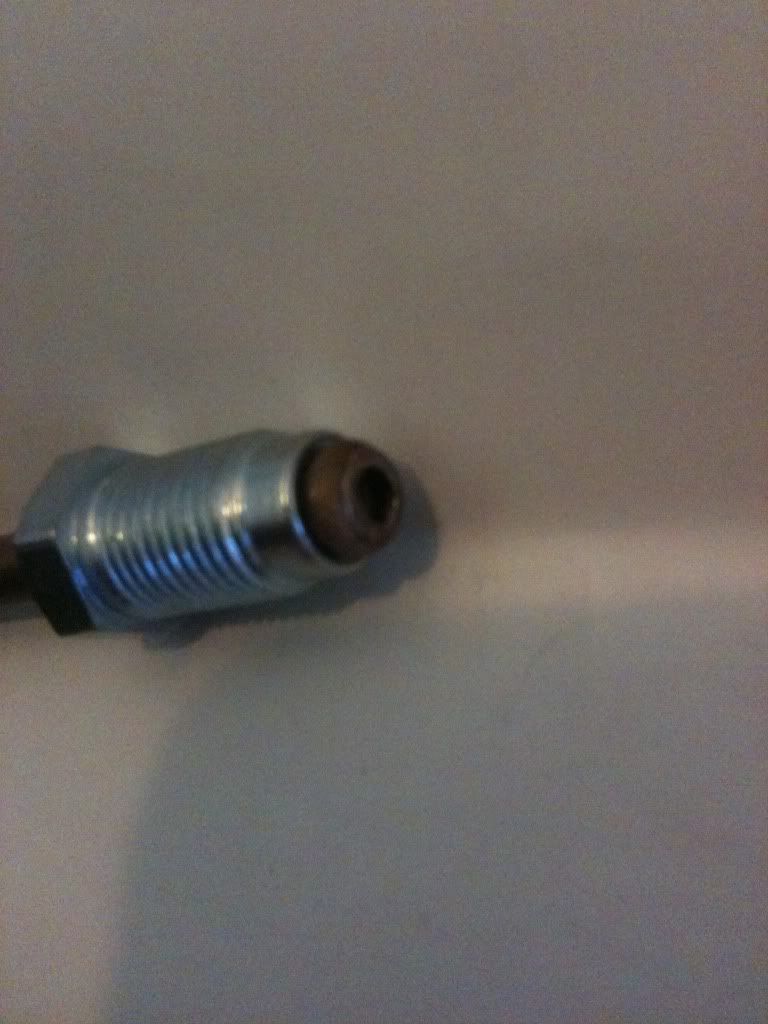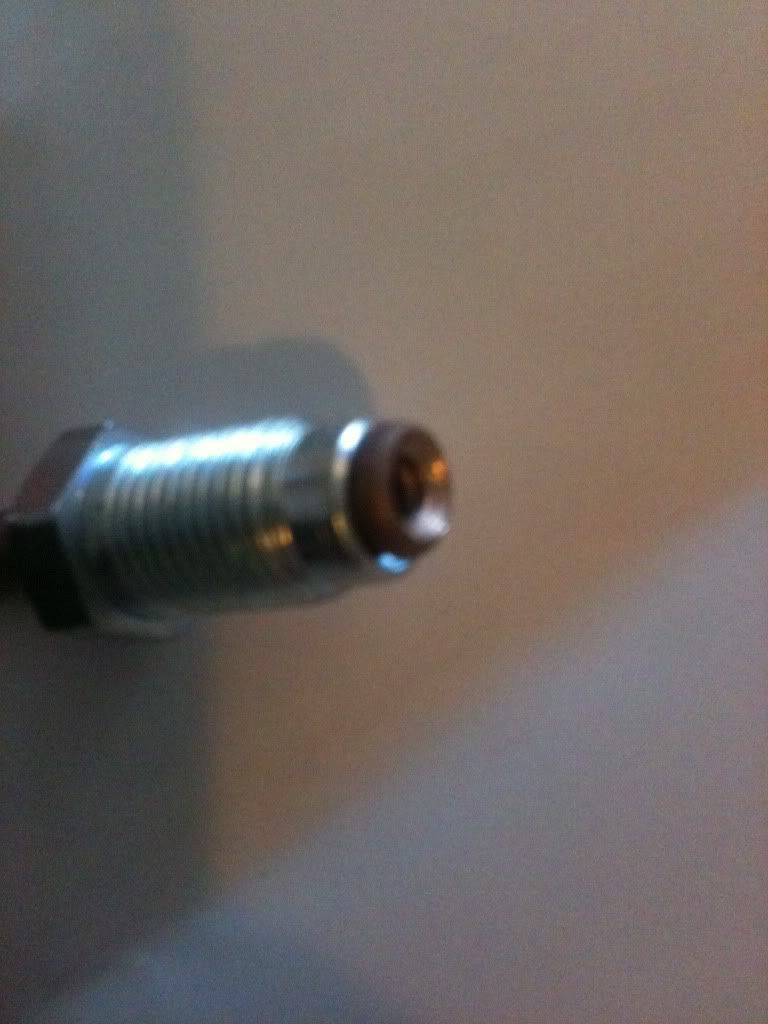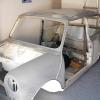I've been out and bought myself a brake flaring tool but I just wanted to ask some advise on using it properly,
I'm starting from scratch here and I've got no old pipes at all for reference, the biggest thing I wondering is what finish I need to flare in to the end of the pipe
So here's the set I've got

Then I put the appropriate die (?) into he end and clamp it down

This is the flare it produces

Then if you take the die thing out and wind the screw down into the end of the pipe it gives a flare that looks like this, I think its called a double flare

So my question is am I right in thinking the first type of flare is for a male fitting and the second type is for a female fitting?
Have I got this completely wrong? How do I know which flare I need to put on the pipe end?
Any help is gratefully received
Trac















